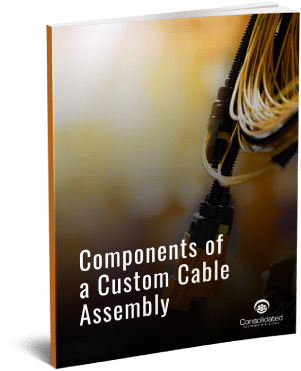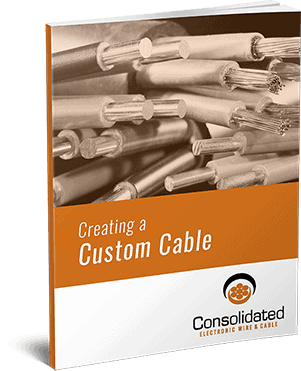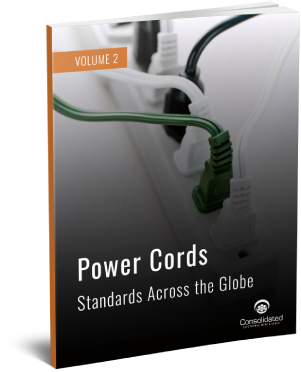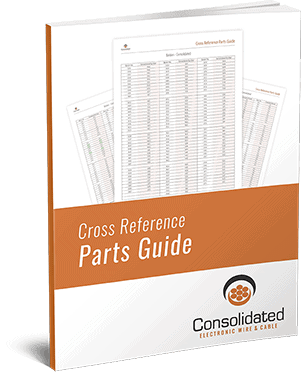Depending on the application, multi-conductor cables are an efficient, safe way to make a complete electronic device or process. As it is very important that a cable is well-matched to a particular application, it’s crucial to know the selection available.
For example, there are round, flat, and flexible multi-conductor cable types, and among those various shield types are available. Taking it back a few steps, a multi-conductor cable, in general, is one that contains two or more conductors.
Each of these conductors then has one or more wires. To reduce current leakage, the cables are completed in design with a jacket and insulation material. Focusing on the multi-conductor shielded cable, it is found in applications such as audio cables in music or high-voltage power cables.
The primary function of shielding within a cable is to confine the electric field to the insulation. It can also be used to reach symmetrical radial distribution of the dielectric’s voltage stress and minimizing surface discharges.
Other functions of shielded cable include protecting cable that serves as overhead lines, limiting radio interference and reducing the hazard of shock. Using this type of cable can also greatly reduce or eliminate a system fail–one that took time to build and follow common serial interface standards to perfection.
Shielding should be considered for use in non-metallic covered cables found in circuit voltages above 2000 volts for single conductor cables and above 5000 volts for multi-conductor cables.
Shields may be placed over a bundle of cable elements, individual conductors, twisted pairs or in both locations. More than one can be used within a cable while being electrically isolated from each other with additional layers of insulation.
Once establishing the purpose of a shielded cable for an application, there are several types to choose from. The three most basic styles are tape, braided or served wire, or double shield, which is tape paired with braided or served wires.
Tape shields should always include an uninsulated drain wire that is in contact with the aluminum shield, used to terminate the shield. A double shield has the two elements in contact with each other, so the tape and the braid or served wire will be touching.
Typically of copper or aluminum, shield material is lightweight and has uncommonly high thermal and electrical conductivity, with copper having the highest in those qualities.
Most frequently, a multi-conductor shielded cable will be used as a power cable. Shielded cables are quite essential as medium and high-power voltage power cables in the voltages mentioned earlier (2000 volts for single conductor and 5000 volts for multi-conductor).
Putting an unshielded insulated cable in touch with the Earth or a grounded object will cause corona discharge and ruin the insulation, as the electrostatic field will concentrate at the contact point. For proper usage of shields on power cables, they are best connected to the ground at each end and at any splices to prevent shock.
As mentioned, another common application to see multi-conductor shielded cable is in the music industry with electric instruments and sound systems. Overall, using this type of cable enables users to conduct high voltages and get the result they need in a safe environment.
We can handle all of your multi conductor cable needs so contact us today!

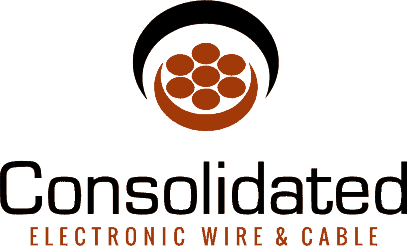


 () Quote Cart
() Quote Cart